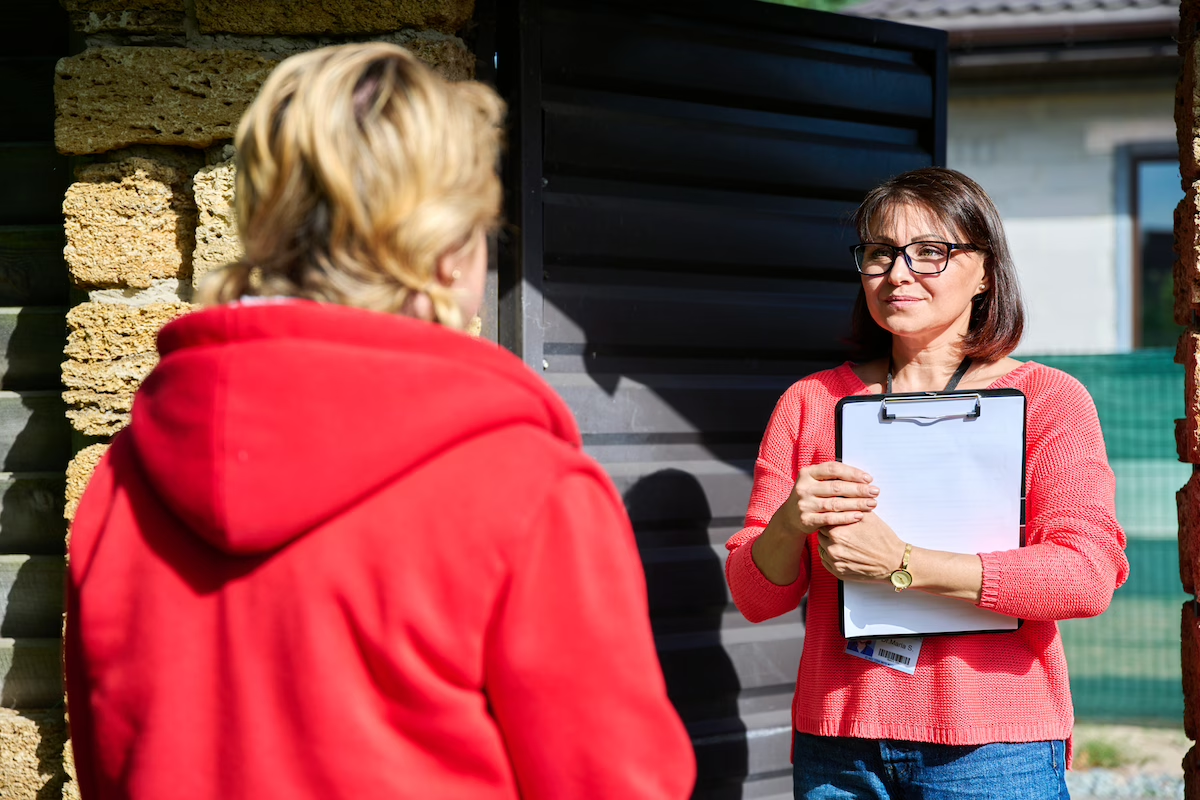How to Build a Team From Scratch
Building a political campaign team structure is essential for any candidate’s success. Whether you’re running for local office or aiming for a larger race, having a well-organized team helps execute your strategy and engage voters effectively. Learn how to create your campaign team from the ground up, covering core roles, recruiting strategies, and tips for managing smaller campaigns with limited resources.
Start with the Core Roles
Your political campaign team structure starts with the core positions that will drive day-to-day operations. For every campaign, these roles are fundamental:
- Campaign Manager: The campaign manager leads the team, managing operations, strategy, and staff.
- Finance Director: Responsible for raising funds, the finance director ensures your campaign has the financial support needed.
- Communications Director: They handle public messaging, media relations, and ensure consistent communication across all platforms.
- Field Director: This role manages voter outreach and canvassing efforts, organizing the ground game that directly connects with voters.
In smaller campaigns, candidates may have a more streamlined team. In these cases, external vendors may support critical functions like fundraising, media buying, or digital advertising. A smaller political campaign team structure can be effective when paired with the right external help, particularly in races with tighter budgets.
Tailor Your Team to Your Campaign’s Needs
Every campaign is unique, and your team structure should reflect your specific race. Consider factors such as:
- Campaign size and budget: Small campaigns may rely more on volunteers and vendors.
- Voter demographics: If your voters are younger, you may need a digital strategist. In grassroots campaigns, focus on field operations.
- Geographic scope: A statewide campaign will need more staff, such as regional managers, compared to a local race.
Aligning your political campaign team structure with your campaign’s needs ensures you have the right people in place to execute your strategy.
Recruiting the Right Talent
Once you’ve identified your campaign’s needs, it’s time to find the right team. Here are some effective strategies:
- Look for both experience and passion: While experience matters, finding team members who are passionate about your mission can be a game-changer.
- Leverage local networks: Tap into local political organizations and advocacy groups to find talent that knows the landscape.
- Use online platforms: Tools like LinkedIn, political job boards, and social media are valuable for recruiting.
- Promote volunteerism: Volunteers can fill key roles in canvassing, event support, and phone banking. Talented volunteers may transition into paid staff as your campaign grows.
Communication Is Key
Building a political campaign team structure is just the start—communication is vital to keeping your team aligned:
- Weekly Meetings: Hold regular meetings to ensure everyone is on the same page regarding goals and tasks.
- Collaboration Tools: Use platforms like Slack or Asana to maintain clear communication, especially if your team works remotely.
- Shared Calendar: Keep track of key events, deadlines, and assignments with a shared calendar to ensure accountability.
Stay Adaptable
No political campaign remains static. As you move forward, stay flexible. Adjust your team structure to reflect changing campaign dynamics. For example, if you secure a major endorsement, you might need more communications staff to handle media attention.
Being able to scale or shift your political campaign team structure as needed will help you stay competitive.
A solid political campaign team structure is the backbone of any successful campaign. By focusing on essential roles, tailoring your team to your campaign’s specific needs, and maintaining clear communication, you can build a team capable of executing your strategy effectively. Whether running a larger operation or a small campaign with vendor support, building the right structure is a critical step toward victory.





